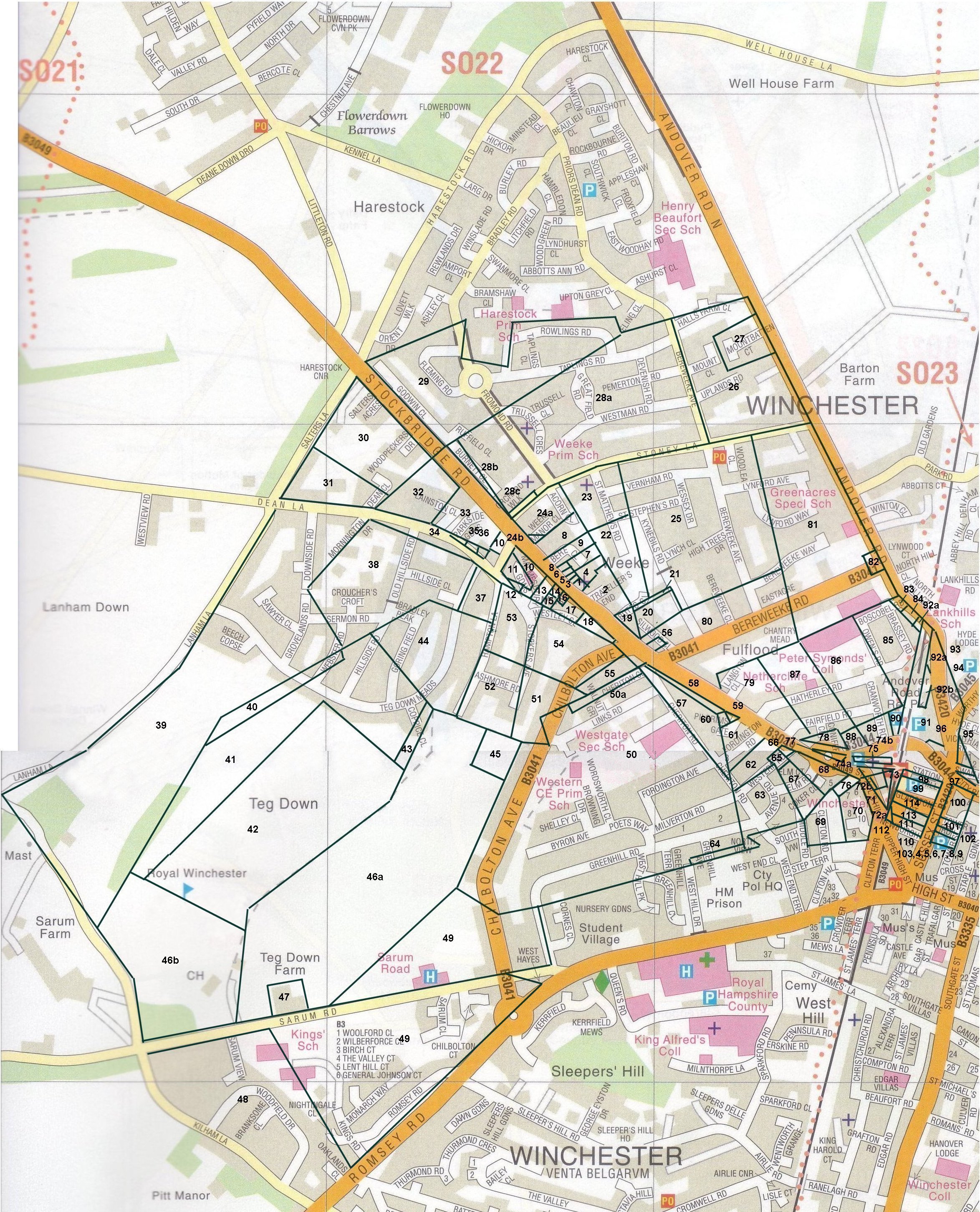WEEKE LOCAL HISTORY
Tithes
Tithes were originally a payment of one-tenth of the land’s produce (every tenth cow or one-tenth of its milk or the corn produced in a field) to a monastery. This was based on the biblical instructions given to Moses and Jacob to give one-tenth of all the produce of their land for the work of God. This had become a legal obligation in England by the 8th century. Later tithes were paid to the Church for the support of the parish clergy (Hey, 1996 p440).
Some tithe rate books, recording payments or arrears, survive in parish records. When the Monasteries were dissolved by Henry VIII, their rights to receive tithes were often obtained by laymen to whom the monastery land was sold or granted. Sometimes the Church’s rights to receive tithes were also sold, so that by the 19th century some tithes had to be paid to local landowners rather than to the Church. In the 17th and 18th centuries tithes were often converted, by agreement, into a cash payment. As the real value of the cash payments reduced with inflation, the owner of the tithe often tried to revert to the one-tenth payment in kind and this resulted in many court actions (Hey, 1996 p440). It appears that Weeke tithes remained in kind and continued to be paid to the Church. The tithe system discouraged farmers from spending money on agricultural improvements, since the tithe owner took one-tenth of the extra produced.
Tithes were converted under the Tithe Commutation Act of 1836 into an annual rent on land (a tithe rent charge) that varied with the market price of cereals (to take account of inflation). The Tithe Commutation Act of 1836 defined that tithe commissioners would be appointed to oversee or arrange the conversion of tithes to a rent charge. A survey was undertaken of each tithe district to calculate the apportionment between landowners of the rent charge calculated by the commissioners. In the case of Weeke, this is the parish. The decision of the commissioners was incorporated into the tithe award.
A survey of Weeke was undertaken in 1840 and contains each individual field and building. The calculation of the Award took a great deal of calculation based on the survey and obviously there were many surveys to be calculated. The complexity to calculate the tithes lead to the Weeke Award not being published until 1844. Unfortunately the major landowner at this time was William Burnett and he died in September 1843, so the Award defines the Trustees of his estate as the land owner (in fact the final owner of all the land was the Dean and Chapter of Winchester cathedral and William Burnett’s trustees were the lessees).
The award has been transcribed and consists of a general introduction section then a list of the awards which has been recorded in a table. Weeke tithe award
(Click on the map for a large version)
The Tithe map showing the field boundaries and buildings has been transcribed on to a modern map. The base map is Phillips and Crown copyright. This allows the modern location for fields etc to be found. There are several interesting comments to make about the tithe schedule. Many of the ancient field names have been maintained in the names of modern streets within Weeke. These include Taplings and Rowlings in the modern Weeke Manor Estate and Teg Down Meads, Bradley Peak, Crouchers Croft, Gorings in the modern Teg Down Estate. The Roebuck Inn was named New Bridge Inn at the time and is included in the schedule. Gallows Close was the location of the hangings for condemned prisoners from Winchester prison.
New Tithe Acts swere passed by Parliament, notably those of 1891, 1925, and 1936. In 1936 the rent charge was replaced by the Tithe Act 1936, which converted the tithe into annuities payable for sixty years by Landowners to the government (the tithe owners were compensated with income from government stock).
Release 1.0 last update 11/12/07
